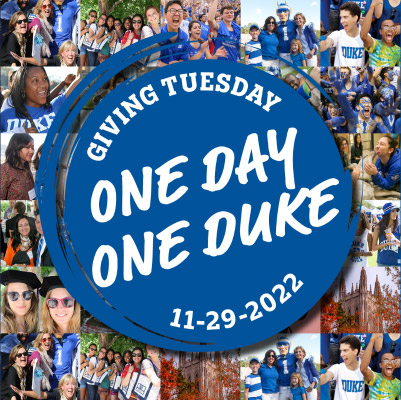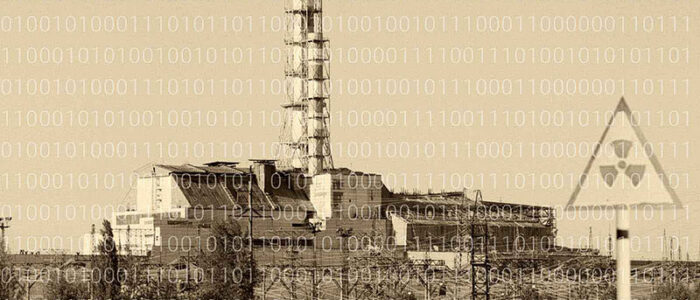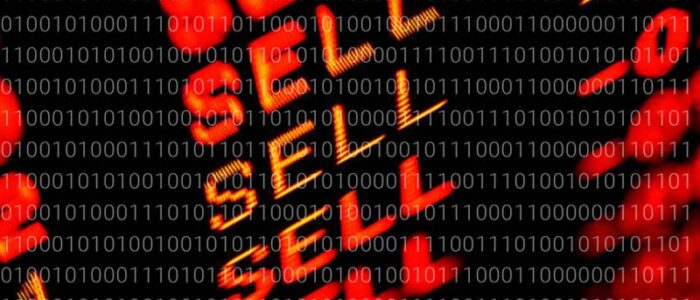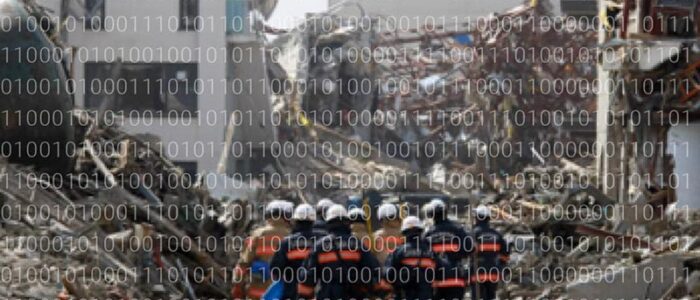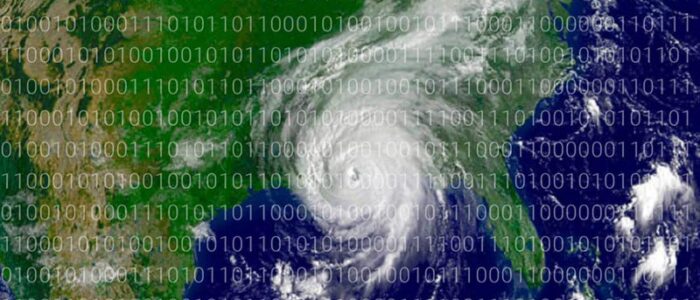One Step Ahead
One Step Ahead
Duke's Vahid Tarokh is using machine learning to predict catastrophic events before they occur.
Is it possible to predict big, impactful events that hardly ever happen? Stock market crashes and volatility, major earthquakes and hurricanes, rogue waves and tsunamis, pandemics and wars — these kinds of extreme events all threaten life or livelihood, but what is the probability of one of them happening this year or within the next 10 or 100 years?
“These extreme events occur with very low frequency, but when they happen, they have a big impact,” says Vahid Tarokh, Ph.D. “These are the kinds of things I think are interesting.” Tarokh is the Rhodes Family Professor of Electrical and Computer Engineering. He also has appointments in the departments of computer science and mathematics.
“Does an earthquake in Nevada cause an earthquake in Los Angeles? Can a New York Stock Exchange crash lead to a crash in the Hong Kong Stock Exchange?”
Vahid Tarokh
“I try to use mathematical methods combined with machine learning techniques and computer and computational resources to solve problems you could not solve many years ago,” he says.
Tarokh is bringing together different disciplines to estimate the probability of extreme events and to predict them by uncovering relationships between them. “Does an earthquake in Nevada cause an earthquake in Los Angeles?” he asks. “Can a New York Stock Exchange crash lead to a crash in the Hong Kong Stock Exchange?”
Tarokh's work could have applications in many fields, since extreme events can occur in most any natural or human-created environment. It could help insurance companies decide how much cash to keep on hand in case of widespread destruction from a major hurricane. It could help economists and government officials prepare for market crashes and take pre-emptive action to soften the blow.
And it could help avoid nuclear disasters like the one in Fukushima, Japan, in 2011. A major earthquake triggered a tsunami so large it overtopped walls around the nuclear plant, which was built in the 1960s. “The reactor at Fukushima was not engineered to survive it,” Tarokh says, “because people did not believe it could happen in its lifetime.”
Calculating Catastrophe
A look at some of the most catastrophic events of our time. Can you imagine a world in which disaster can be predicted and prevented? Duke professor Vahid Tarokh is analyzing data from past extreme events using complex computer models in hopes of learning more about these events and ultimately, predicting their future occurrence.
The extreme events Tarokh studies vary in their salient characteristics, so he may use slightly different approaches for each. Some events, like earthquakes, can occur anytime and anywhere on the globe. Others, like a given device failure can occur anytime but in only one place. And some have more causes or more complex causes than others. But whatever type of extreme event he's analyzing, Tarokh brings together math, machine learning, and computational power with the goal of generating useful information and practical solutions.
He starts with mathematical theory. Specifically, he looks for mathematical or statistical theories that could benefit from the application of advanced computational methods. In the case of extreme event analysis, some of the models he uses were developed by mathematicians decades ago. Those earlier mathematicians could only go so far because they had neither powerful computers nor much data. Tarokh takes those models to the next level with machine learning. “The models came from mathematics,” he says. “What I try to do is make the models data driven, because we now have the computational power to do that.”
It takes a lot of data to use machine learning, because the computer algorithms have to go through the process of “learning” by training on large datasets. However, there isn't a lot of data about extreme events because they don't happen very often. In some cases, Tarokh extrapolates using data about events that are just shy of extreme, such as earthquakes that are only medium-sized rather than massive. He also relies on those earlier mathematicians, who developed theoretical curves to describe the distribution of extreme events. Just like the bell curve that describes many normal events, these structures describe events that are extreme. He uses those extreme event structures to generate realistic looking data suitable to train the machine learning algorithms, or generate synthetic data for other analysis.
To evaluate how well his algorithms work, he runs the program using data from the past to see if it can predict extreme events that have already occurred. Based on the results, he makes improvements and repeats the process.
Tarokh came to Duke in 2018 from Harvard by way of MIT and AT&T Labs. Part of the draw was the rich opportunity for multidisciplinary collaboration with colleagues across the Pratt School of Engineering, the School of Medicine, the math department, and other basic science departments. At AT&T Labs, he had worked with Robert Calderbank, Ph.D., the Charles S. Sydnor Distinguished Professor of Computer Science and professor of electrical and computer engineering, and he was interested in continuing the relationship. The two are now collaborating on a project to improve wireless communication by, for example, accounting for the distortions that occur in signals when they bounce off buildings or topography.
Another draw was Duke's culture of growth and achievement. “People at Duke are very dynamic,” he says. “I like to be part of a place where the trajectory is upward—sharply upward. That's exciting.”
